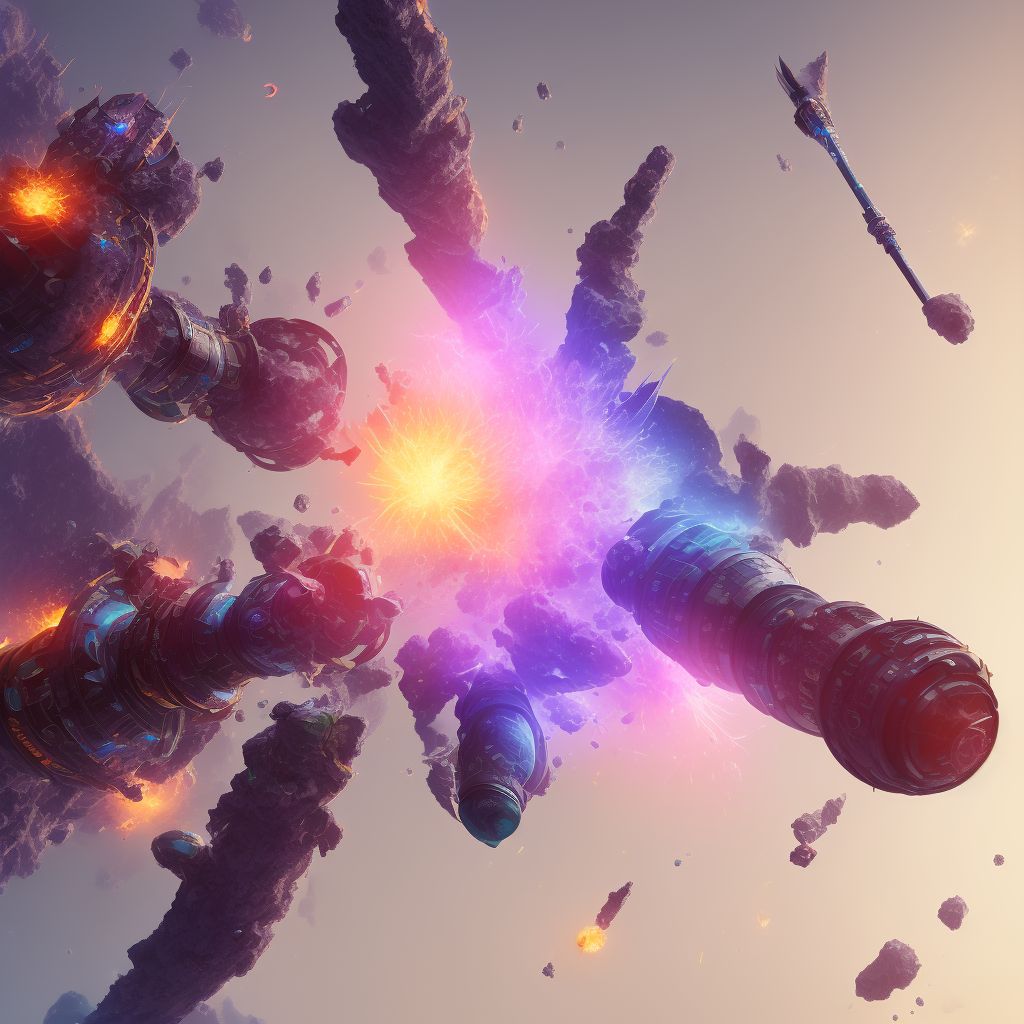
Nondisplaced spiral fracture of shaft of unspecified fibula, subsequent encounter for open fracture type I or II with malunion Save
ICD-10 code: S82.446Q
Disease category: S82.446: Nondisplaced spiral fracture of shaft of unspecified fibula
Nondisplaced Spiral Fracture of Shaft of Unspecified Fibula: Understanding the Condition
A nondisplaced spiral fracture of the shaft of an unspecified fibula refers to a specific type of bone injury. This condition occurs when the fibula, one of the two long bones in the lower leg, breaks in a spiral pattern without the bones becoming displaced. This article aims to provide an overview of this condition, specifically focusing on subsequent encounters for open fracture types I or II with malunion.
When a spiral fracture occurs, the bone breaks in a twisting manner rather than a direct impact. This type of fracture typically results from a rotational force applied to the bone, such as during sports activities or accidents. The term "nondisplaced" indicates that the broken bones remain in their proper alignment, which is beneficial for healing.
For subsequent encounters, it is important to note the classification of open fracture types I or II with malunion. Open fractures involve a break in the skin, exposing the fractured bone to the external environment. These fractures are categorized into different types based on their severity, with type I being the least severe and type II involving moderate soft tissue damage. Malunion refers to the improper healing of the bone, resulting in a misalignment or deformity.
- Causes and Symptoms:
- Diagnosis:
- Treatment:
- Complications:
The main causes of a nondisplaced spiral fracture of the shaft of an unspecified fibula include direct trauma, repetitive stress, or sudden twisting motions. Symptoms may include pain, swelling, bruising, and difficulty bearing weight on the affected leg.
Medical professionals diagnose this condition through physical examination, X-rays, and potentially other imaging tests to assess the extent and location of the fracture.
While this article does not cover treatment, it is worth mentioning that treatment options for this condition may include immobilization with a cast or brace, pain management, and physical therapy to restore strength and range of motion.
If left untreated or not properly managed, nondisplaced spiral fractures of the fibula can lead to complications such as delayed healing, nonunion (bones not healing together), and chronic pain.
In conclusion, a nondisplaced spiral fracture of the shaft of an unspecified fibula is a specific type of bone injury that occurs without bone displacement. Subsequent encounters for open fracture types I or II with malunion require appropriate medical attention. If you suspect you have this condition, it is important to consult with a healthcare professional for accurate diagnosis and treatment guidance.
Treatment of Nondisplaced spiral fracture of shaft of unspecified fibula, subsequent encounter for open fracture type I or II with malunion:
Treatment Options for Nondisplaced Spiral Fracture of Shaft of Unspecified Fibula
A nondisplaced spiral fracture of the shaft of the unspecified fibula can be a challenging condition to treat. This type of fracture occurs when the bone breaks in a spiral pattern without any significant displacement. Subsequent encounters for open fractures type I or II with malunion require special...
To see full information about treatment please Sign up or Log in